Select an Orthopaedic Specialty and Learn More
Use our specialty filter and search function to find information about specific orthopaedic conditions, treatments, anatomy, and more, quickly and easily.
GET THE HURT! APP FOR FREE INJURY ADVICE IN MINUTES
Shoreline Orthopaedics and the HURT! app have partnered to give you virtual access to a network of orthopaedic specialists, ready to offer guidance for injuries and ongoing bone or joint problems, 24/7/365.
Browse Specialties
-
- Foot & Ankle
- Fractures, Sprains & Strains
- Sports Medicine
Ankle Sprain
When a ligament is forced to stretch beyond its normal range, a sprain occurs. A severe sprain causes actual tearing of the elastic fibers of the ligament. A sprained ankle is a very common injury that produces pain and swelling.
More Info -
- Hand & Wrist
- Physical Medicine & Rehabilitation (PM&R)
Carpal Tunnel Syndrome
Many things can lead to development of carpal tunnel syndrome, and in most cases, there is no single cause. Common symptoms are: numbness, tingling and pain in the hand; a sensation similar to an electric shock, felt mostly in the thumb, index and long fingers; and strange sensations and pain traveling up the arm toward the shoulder.
More Info -
- Foot & Ankle
Morton’s Neuroma
Morton’s neuroma is not actually a tumor—it is a thickening of the tissue that surrounds the digital nerve leading to the toes. Morton’s neuroma most frequently develops between the third and fourth toes, and occurs where the nerve passes under the ligament connecting the toe bones (metatarsals) in the forefoot.
More Info -
- Knee
- Pediatric Injuries
- Sports Medicine
Osgood-Schlatter Disease
In Osgood-Schlatter disease, children have pain at the front of the knee due to inflammation of the growth plate (tibial tubercle) at the upper end of the shinbone (tibia). When a child participates in sports or other strenuous activities, the quadriceps muscles of the thigh pull on the patellar tendon which, in turn, pulls on the tibial tubercle. In some children, this repetitive traction on the tubercle leads to the inflammation, swelling and tenderness of an overuse injury.
More Info -
- Foot & Ankle
- Sports Medicine
Posterior Tibial Tendon Dysfunction
Posterior tibial tendon dysfunction is one of the most common problems of the foot and ankle. It occurs when the tendon becomes inflamed or torn, which impairs the tendon’s ability to provide stability and support for the arch of the foot, resulting in flatfoot.
More Info -
- Neck and Back (Spine)
- Pediatric Injuries
- Physical Medicine & Rehabilitation (PM&R)
Scoliosis
Scoliosis is a common condition of the spine that affects many children and adolescents. Unlike a normal spine that runs straight down the middle of the back, a spine with scoliosis forms a sideways curve that may look like a letter “C” or “S.” Scoliosis can cause the spine to rotate or turn, resulting in a shoulder, shoulder blade (scapula), or hip that appears higher than the other.
More Info -
- Joint Disorders
- Shoulder
- Sports Medicine
Shoulder Dislocation
A dislocated shoulder occurs when the head of the upper arm bone (humerous) is either partially or completely out of its socket (glenoid). Whether it is a partial dislocation (subluxation) or the shoulder is completely dislocated, the result can be pain and unsteadiness in the shoulder.
More Info -
- Fractures, Sprains & Strains
- Joint Disorders
- Ligament Disorders
- Shoulder
- Sports Medicine
Shoulder Separation (AC Joint Sprain)
A shoulder separation is actually an injury to the AC joint, not the shoulder joint. It is commonly the result of a direct fall onto the shoulder that injures the ligaments that surround and stabilize the AC joint.
More Info -
- Diagnostics & Durable Medical Equipment (DME)
Traditional X-RAY, CT Scan, MRI
Diagnostic imaging techniques are often used to provide a clear view of bones, organs, muscles, tendons, nerves and cartilage inside the body, enabling physicians to make an accurate diagnosis and determine the best options for treatment. The most common of these include: traditional and digital X-rays, computed tomography (CT) scans, and magnetic resonance imaging (MRI).
More Info

